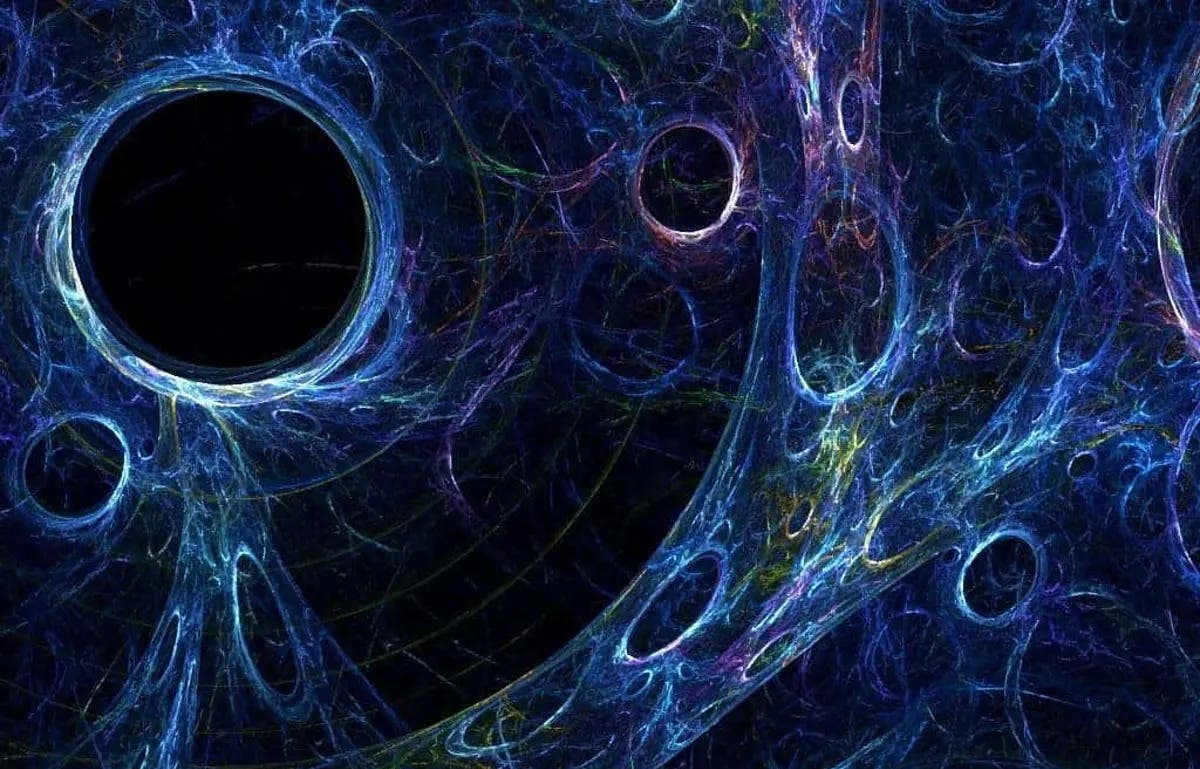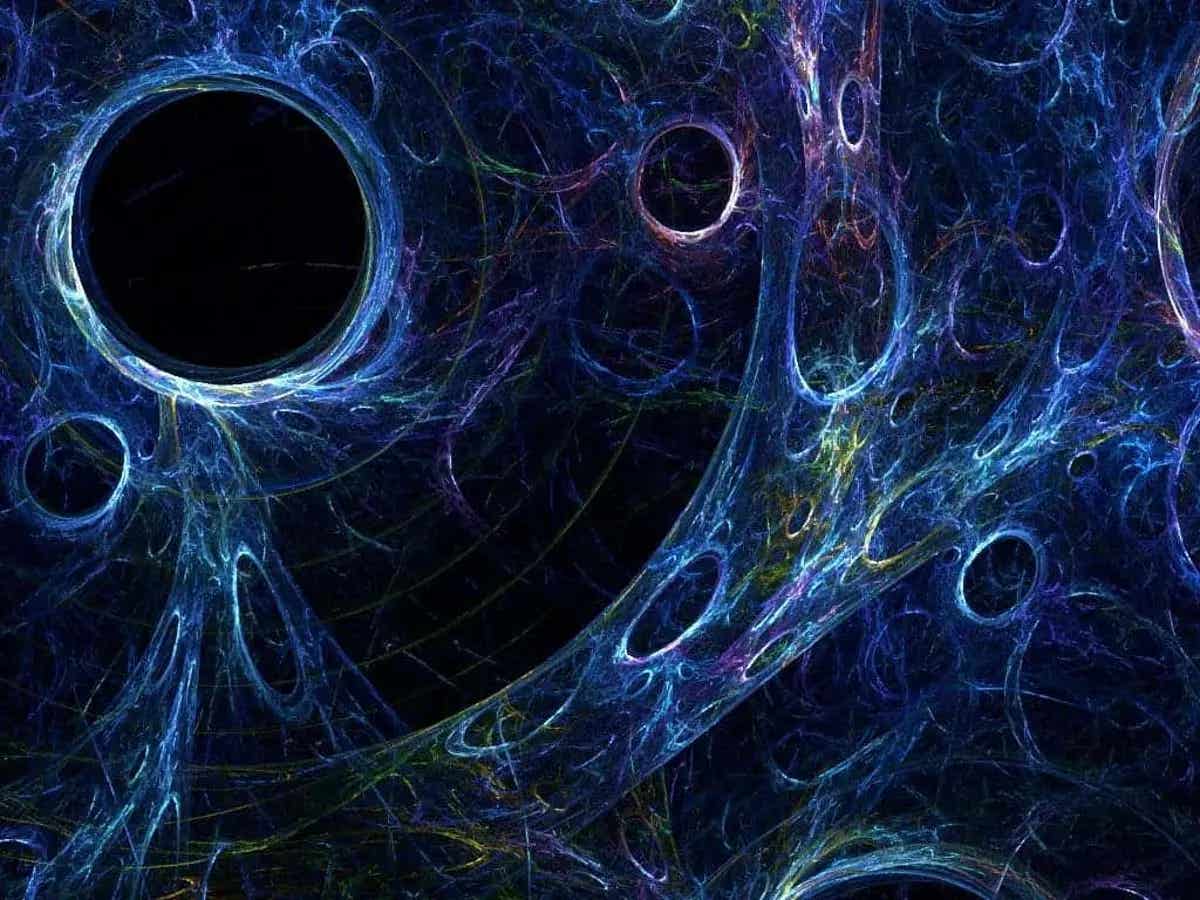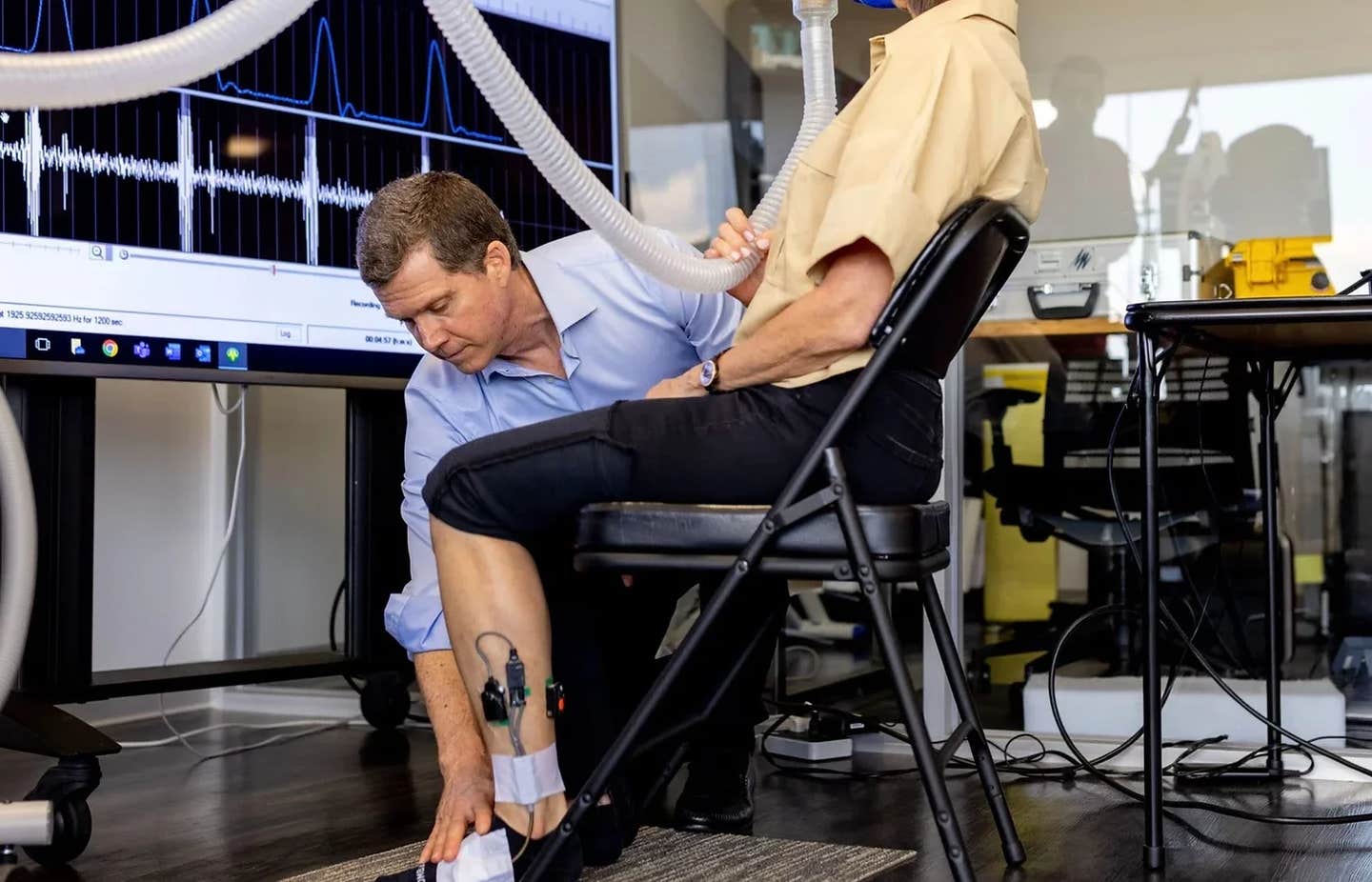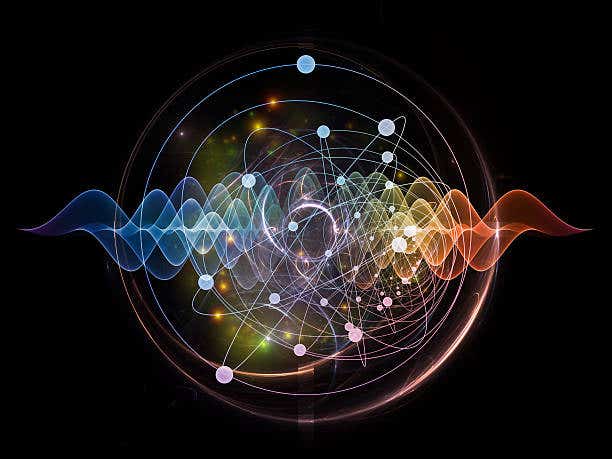Major discovery could solve one of science’s greatest mysteries
Despite being almost imperceptible, dark matter constantly streams through us at a rate of trillions of particles per second.
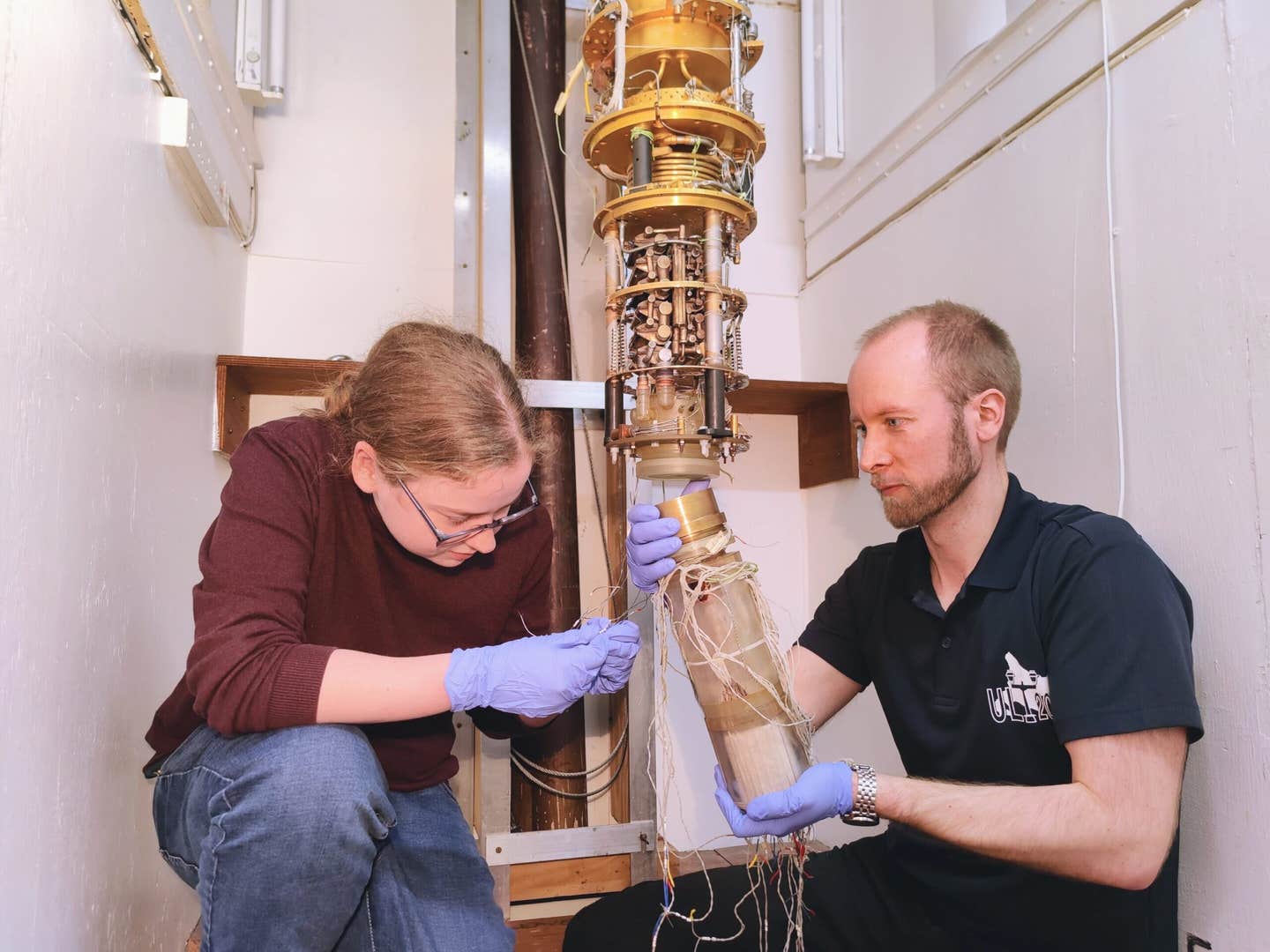
The experiment is at about a 10000th of a degree above absolute zero in a special refrigerator ; Dr. Autti (right). (CREDIT: Lancaster University)
Around 80% of the universe's matter is dark, meaning it is invisible. Despite being imperceptible, dark matter constantly streams through us at a rate of trillions of particles per second. We know it exists due to its gravitational effects, yet direct detection has remained elusive.
Researchers from Lancaster University, the University of Oxford, and Royal Holloway, University of London, are leveraging cutting-edge quantum technologies to build the most sensitive dark matter detectors to date. Their project, titled “A Quantum View of the Invisible Universe,” is featured at the Royal Society’s Summer Science Exhibition. Related research is also published in the Journal of Low Temperature Physics
The team includes Dr. Michael Thompson, Professor Edward Laird, Dr. Dmitry Zmeev, and Dr. Samuli Autti from Lancaster, Professor Jocelyn Monroe from Oxford, and Professor Andrew Casey from RHUL.
Dr. Samuli Autti, an EPSRC Fellow, stated, “We are using quantum technologies at ultra-low temperatures to build the most sensitive detectors to date. The goal is to observe this mysterious matter directly in the laboratory and solve one of the greatest enigmas in science.”
While there is indirect evidence of dark matter density in our galaxy, the mass of its particles and their interactions with ordinary atoms are unknown. Particle physics suggests two likely candidates: new particles with ultra-weak interactions and extremely light wave-like particles called axions. The researchers are developing two experiments to search for each candidate.
New particles with ultra-weak interactions might be detected through their collisions with ordinary matter. However, detecting these collisions depends on the dark matter particle's mass. Most existing searches can detect dark matter particles weighing between five and 1,000 times more than a hydrogen atom, potentially missing much lighter candidates.
The Quantum Enhanced Superfluid Technologies for Dark Matter and Cosmology (QUEST-DMC) team aims to achieve world-leading sensitivity to collisions with dark matter particles with masses between 0.01 and a few hydrogen atoms. Their detector uses superfluid helium-3, cooled to a macroscopic quantum state and equipped with superconducting quantum amplifiers, to measure extremely weak dark matter collision signatures.
Conversely, if dark matter consists of axions, these particles would be more than a billion times lighter than a hydrogen atom but much more abundant. Axions would not be detected through collisions but through an electrical signal generated when they decay in a magnetic field. This effect requires an extremely sensitive amplifier, working at the highest precision allowed by quantum mechanics. The Quantum Sensors for the Hidden Sector (QSHS) team is developing a new class of quantum amplifier to search for axion signals.
The exhibition features engaging hands-on exhibits for visitors of all ages, allowing them to explore the unseen. One exhibit demonstrates dark matter inference through galaxy observations using a gyroscope-in-a-box that moves unexpectedly due to hidden angular momentum. Another uses transparent glass marbles in liquid to illustrate how invisible masses can be detected through clever experimentation.
A light-up dilution refrigerator shows how the team achieves ultra-low temperatures, and a model dark matter particle collision detector demonstrates how our universe would behave if dark matter interacted like normal matter.
Visitors can also use a model axion detector by scanning the frequency of a radio receiver and create their own parametric amplifier with a pendulum.
Cosmologist Carlos Frenk, Fellow of the Royal Society and Chair of the Public Engagement Committee, emphasized the importance of science in understanding our world. He said, “Science is vital in helping us understand the world we live in – past, present, and future. I urge visitors of all ages to come along with an open mind, curiosity, and enthusiasm and celebrate incredible scientific achievements that are benefiting us all.”
This research is supported by the UKRI Quantum Technologies for Fundamental Physics program, highlighting the significance of using advanced quantum technologies in the quest to uncover the secrets of dark matter.
Note: Materials provided above by the The Brighter Side of News. Content may be edited for style and length.
Like these kind of feel good stories? Get the Brighter Side of News' newsletter.
Joseph Shavit
Head Science News Writer | Communicating Innovation & Discovery
Based in Los Angeles, Joseph Shavit is an accomplished science journalist, head science news writer and co-founder at The Brighter Side of News, where he translates cutting-edge discoveries into compelling stories for a broad audience. With a strong background spanning science, business, product management, media leadership, and entrepreneurship, Joseph brings a unique perspective to science communication. His expertise allows him to uncover the intersection of technological advancements and market potential, shedding light on how groundbreaking research evolves into transformative products and industries.

